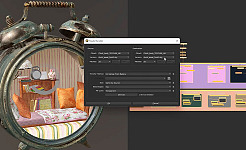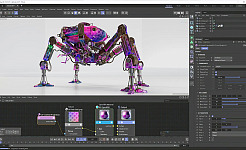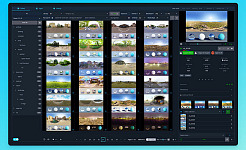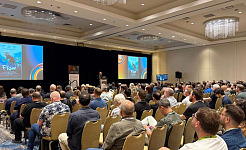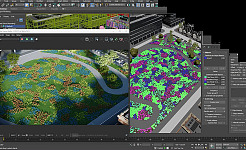Chaos Vantage Delivers Real-time Viewport Renders to Maya and Houdini
Chaos Vantage's real-time feedback is now accessible in the viewport, speeding up layout, previs and lookdev for VFX and animation teams, alongside a new set of updates for V-Ray 7 for Houdini and Maya.
VFX
Chaos Vantage Delivers Real-time Viewport Renders to Maya and Houdini




